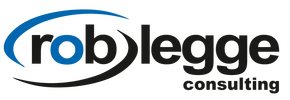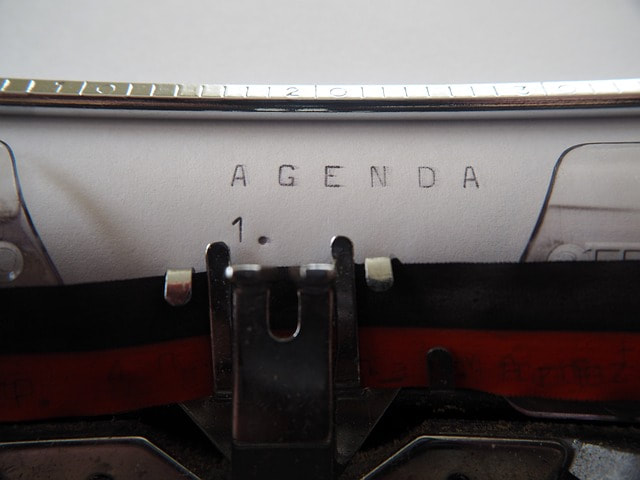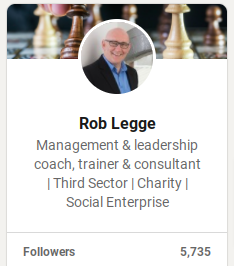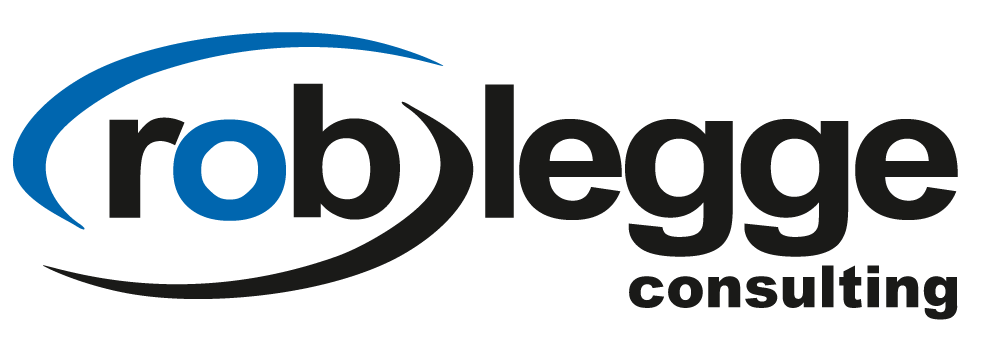Running effective meetings appear to be the Achilles heel of a manager's workload. Meetings get more frequent, longer and often less gets achieved. Moving the problem remotely only saves on commute time. Staff who attend regularly find them boring and demotivating.
Below are some suggestion on how meetings can be planned, structured and delivered to dramatically improve the quality of the results and the staff engagement.
Below are some suggestion on how meetings can be planned, structured and delivered to dramatically improve the quality of the results and the staff engagement.
1. understanding the purpose of the meeting
A question that often hasn’t been answered for some time in many organisations. We have the Monday morning meeting because it is the start of the week! The monthly finance meeting happens because it is that time of the month and so on.
Every meeting should have a clear purpose understood by all participants and regularly reviewed to see if it is still relevant or needs to be adjusted or even scraped.
The agenda of every meeting should reflect the purpose of the meeting and have outcomes and timings for each agenda item that helps move forward the purpose of the meeting.
Every meeting should have a clear purpose understood by all participants and regularly reviewed to see if it is still relevant or needs to be adjusted or even scraped.
The agenda of every meeting should reflect the purpose of the meeting and have outcomes and timings for each agenda item that helps move forward the purpose of the meeting.
2. setting agendas
In many cases the agenda sets the tone of the meeting. It is often dominated by briefings or reports that interest a small number of the participants and the voices heard in these meetings are usually the senior staff attending.
Change the agendas so that they are more engaging.
Instead of a briefing, send it out beforehand and ask participants to submit questions. Or use the briefing document as a start for the meeting to develop a frequently asked questions (and answers) section before the briefing goes to a wider circulation.
Instead of receiving reports, change the agenda item to a question that engages. Perhaps replace “Progress against budget” to “How can we reduce costs by 5%?”
As one staff member responding to a question about how good staff meetings are, said, “the most interesting meetings are when I speak!”
Instead of a briefing, send it out beforehand and ask participants to submit questions. Or use the briefing document as a start for the meeting to develop a frequently asked questions (and answers) section before the briefing goes to a wider circulation.
Instead of receiving reports, change the agenda item to a question that engages. Perhaps replace “Progress against budget” to “How can we reduce costs by 5%?”
As one staff member responding to a question about how good staff meetings are, said, “the most interesting meetings are when I speak!”
3. engaging staff
In addition to the above changes let's look at a typical meeting. It usually involves all the team and is anything from one hour to one day in length. We all sit round a table (or a screen) and plough through the agenda.
Let's change it.
Let's start the meeting with an ice breaker so that everyone speaks in the room early on. The longer a participant is silent the harder it is for her/him to break thorough and participate. The less individuals contribute the less value they give the meeting and the increased likelihood of attention drift.
Meetings could be different, after a quick review of the action notes from the last meeting, let's make the first topic the most interesting one. Make sure the agenda sets it as a question not a statement. For example: “How can we increase the diversity of service users?” Rather than a progress report on the organisation's diversity plan.
Let's start the meeting with an ice breaker so that everyone speaks in the room early on. The longer a participant is silent the harder it is for her/him to break thorough and participate. The less individuals contribute the less value they give the meeting and the increased likelihood of attention drift.
Meetings could be different, after a quick review of the action notes from the last meeting, let's make the first topic the most interesting one. Make sure the agenda sets it as a question not a statement. For example: “How can we increase the diversity of service users?” Rather than a progress report on the organisation's diversity plan.
4. the role of the chair
For some of your team the above will be enough to get them to engage and contribute ideas and add to the debate. However not all are as keen and one of the roles of the chair is to get the most out of all meeting participants. So good chairs think about the structure of the discussion.
Should we split into small groups to answer some or all of the questions?
Should we get different people to present and if so, how do you avoid death by PowerPoint?
My research suggests there are three key roles for the chair to facilitate a successful meeting.
Firstly, to set the agenda. Good chairs ask for (and receive) agenda items linked to purpose. They set the tone of an action orientated meeting with a written agenda and a logical interesting set of questions for the meeting to tackle.
Secondly the chair’s role is to actively engage all participants in the meeting so that differences are aired, explored and summarised.
Thirdly the chair will ensure there are clear action points allocated to individuals with a deadline and follow up process to ensure the work is progressed.
Should we split into small groups to answer some or all of the questions?
Should we get different people to present and if so, how do you avoid death by PowerPoint?
My research suggests there are three key roles for the chair to facilitate a successful meeting.
Firstly, to set the agenda. Good chairs ask for (and receive) agenda items linked to purpose. They set the tone of an action orientated meeting with a written agenda and a logical interesting set of questions for the meeting to tackle.
Secondly the chair’s role is to actively engage all participants in the meeting so that differences are aired, explored and summarised.
Thirdly the chair will ensure there are clear action points allocated to individuals with a deadline and follow up process to ensure the work is progressed.
other roles in a successful meeting
There are lots of other roles that need to be fulfilled so that a meeting is successful. Often the chair takes these roles on to the detriment of the three key roles mentioned above.
These tasks, if at all possible, should be delegated to one or more members of the team, for example;
If you are not happy with your current meetings. Try one thing from each of the sections in this short blog.
These tasks, if at all possible, should be delegated to one or more members of the team, for example;
- Arrangement of venue
- Time keeper
- Issue of agenda and any papers
- Minute or action note taker.
If you are not happy with your current meetings. Try one thing from each of the sections in this short blog.
- Review with your team the purpose of the meeting
- Use the purpose to shape the agenda.
- Use ice breakers to get everyone to speak in the meeting within the first five minutes.
- Ensure at least one of the agenda items is a genuine question that you want contributions to before taking a decision.
- Consider adjusting the meeting structure to include break out work (in small groups or pairs) and allow for feedback.
- Practice summarising and identifying next steps.
- If necessary, delegate one or two of the other meeting tasks.







